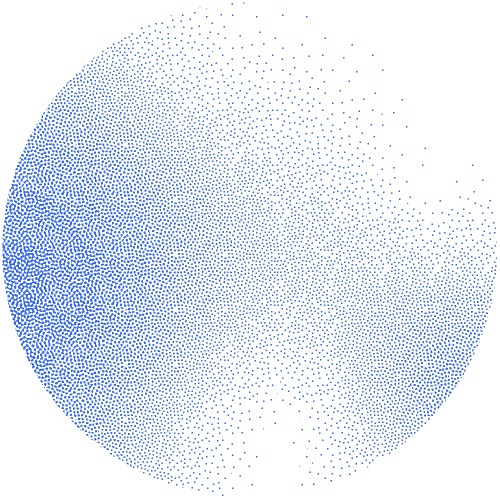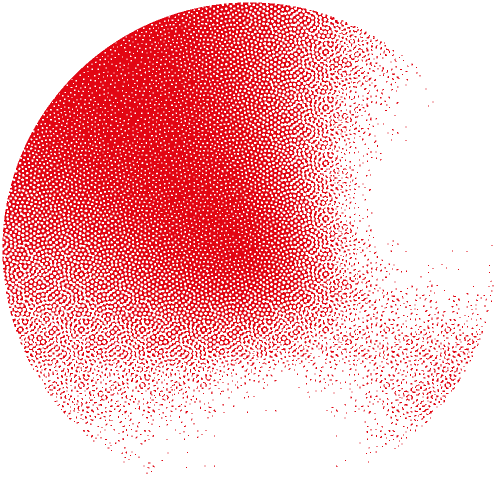ATGCCGGAATTGGCACATAACAAGTACTGCCTCGGTCCTTAAGCTGTATTGCACCATATGACGGATGCCGGAATTGGCACATAACAAGTAC
TGCCTCGGTCCTTAAGCTGTATTGCACCATATGACGGATGCCGGAATTGGCACATAACAACGGTCCTTAAGCTGTATTGCACCATATGACG
GATGCCGGAATTGGCACATAACAAGTACTGCCTCGGTCCTTAAGCTGTATTTCGGTCCTTAAGCTGTATTCCTTAACAACGGTCCTTAAGG
ATGCCGGAATTGGCACATAACAAGTACTGCCTCGGTCCTTAAGCTGTATTGCACCATATGACGGATGCCGGAATTGGCACATAACAAGTAC
TGCCTCGGTCCTTAAGCTGTATTGCACCATATGACGGATGCCGGAATTGGCACATAACAACGGTCCTTAAGCTGTATTGCACCATATGACG
GATGCCGGAATTGGCACATAACAAGTACTGCCTCGGTCCTTAAGCTGTATTTCGGTCCTTAAGCTGTATTCCTTAACAACGGTCCTTAAGG


NGS - Quality Control, Alignment, Visualisation



25 September 2018




For-profit: 600 CHF

Next course(s):
| 27 Feb - 01 Mar 2019 |

|
Bern |
| 12 - 14 Jun 2019 |

|
Bern |
| 04 - 06 Nov 2020 |

|
Streamed |
| 17 - 19 May 2021 |

|
Streamed |
| 03 - 05 Nov 2021 |

|
Bern |
| 16 - 18 May 2022 |

|
Bern |
| 21 - 23 Nov 2022 |

|
Streamed |
| 15 - 17 May 2023 |

|
Bern |
| 22 - 24 Nov 2023 |

|
Bern |
| 15 - 17 Apr 2024 |

|
Streamed |
| 20 - 22 Nov 2024 |

|
Streamed |
<class="p1">Please note that this course is oversubscribed.
Overview
Usage of NGS is increasing in several biological fields due to a very rapid decrease in cost. However, it often results in hundreds of Gbs of data making the downstream analysis very challenging and requires bioinformatics skills.
In this module, we will introduce the most used sequencing technologies and explain their decryption concepts.
We will also introduce the repositories e.g. the European Nucleotide Archive (ENA), Sequence Read Archive (SRA) from which you could retrieve raw data based on specific experiments. We will practice the usage of command line tools to search and fetch NGS raw data in a powerful way.
Finally, using different datasets, we will practice screening for quality control, filtering reads for better downstream analysis, mapping reads to reference genome and visualize the output.
Audience
This course is intended for life scientists who are already dealing with NGS data or willing to efficiently use publicly available NGS data, and would like to be able to start analysing them.
Learning objectives
At the end of the course participants should be able to:
- distinguish between the different NGS technologies
- navigate and retrieve efficiently datasets from the The European Nucleotide Archive (ENA) and the Sequence Read Archive (SRA)
- perform quality control for better downstream analysis, mapping reads to reference genome and visualizing the output.
Prerequisites
Knowledge / competencies:
Participants should have a basic understanding of working with command line tools on Linux or Windows-based operating systems. If you do not feel comfortable with UNIX commands, please take our UNIX fundamentals e-learning module.
Technical:
Participants should bring their own computers and chargers. Computers should have at least 4 GB RAM, 50 GB free disk space, and WIFI preinstalled.
Participants should install "The Integrative Genome Viewer (IGV)" on their respective machines.
Application
The registration fees for academics are 120 CHF and 600 CHF for for-profit companies.
This includes course content material and coffee breaks. You will be informed by email of your registration confirmation. Upon reception of the confirmation email, participants will be asked to confirm attendance by paying the fees within 5 days.Deadline for registration and free-of-charge cancellation is set to September 18. Cancellation after this date will not be reimbursed.
Please note that participation to SIB courses is subject to this and other general conditions, available here.
Location
room 331 / 3. OG West, Universität Bern, Hochschulstrasse 4 (main building of the University of Bern).
Schedule
Tuesday 02 October
Introduction to technologies and applications, NCBI E-Utilities and sequencing data retrieval
9:15 - 10:30 - Introduction to technologies and applications (1)
- Ion Torrent Sequencing - Semiconductor sequencing
- llumina - sequencing by synthesis
10:30 - 11:00 - Coffee Break
11:30 - 12:15 - Introduction to technologies and applications (2)
- Pacific Biosciences - SMRT Sequencing
- Oxford Nanopores - MinIon, GridIon
12:15 - 13:30 - Lunch Break
13:30 - 13:45 - NCBI: E-utilities using Unix command line
13:45 - 15:00 - E-utilities usage - Practicals
15:00 - 15:30 - Coffee break
15:30 - 15:45 - Sequencing archives, SRA, ENA and DDBJ
15h45 - 17:00 - Fetching sequencing data - Practicals (Combining E-utilities and SRA tools)
Wednesday 03 October
File Formats, quality assessment, cutting/trimming/filtering and sequence alignement
9:00 - 10:00: File formats and Quality controls
9:45 - 10:30: Interpretation of a Fastqc report and acting upon for cutting/trimming reads
10:30 - 11:00: Coffee break
11:00 - 12:15: Quality control - Practicals
- Trimming/filtering quality control - Practicals
12:15 - 13:30 - Lunch Break
13:30 - 15:30 - Alignment to a reference genome - Small intro and practicals
16:00 - 17:00 - Sorting, Indexing the alignment and quick visualization using IGV genome viewer
Additional information
The course will be taught by Walid Gharib.
Coordination: Patricia Palagi, Training group at SIB
We will recommend 0.5 ECTS credits for this course (given a passed exam (optional) at the end of the session).
You are welcome to register to the SIB courses mailing-list to be informed of all future courses and workshops, as well as all important deadlines using the form here.
For more information, please contact training@sib.swiss.